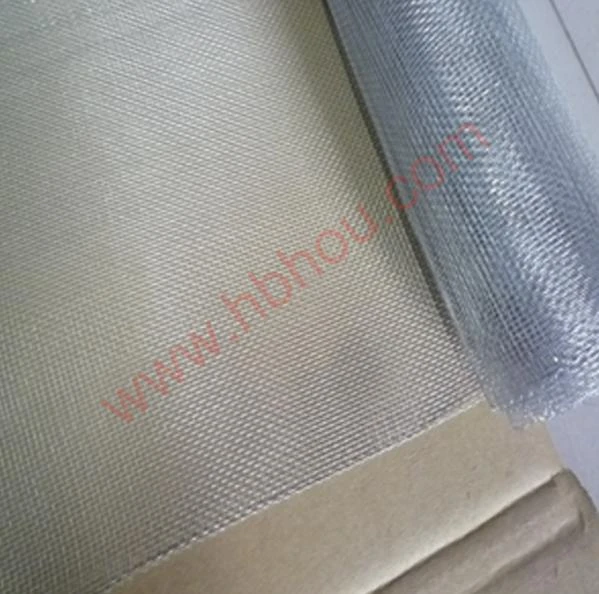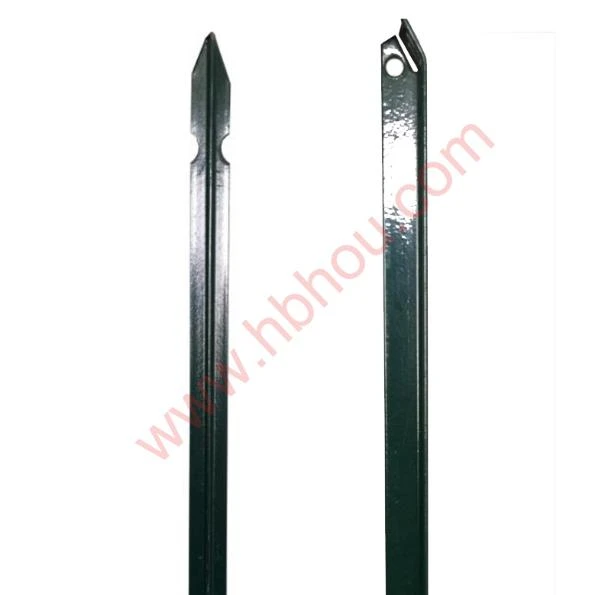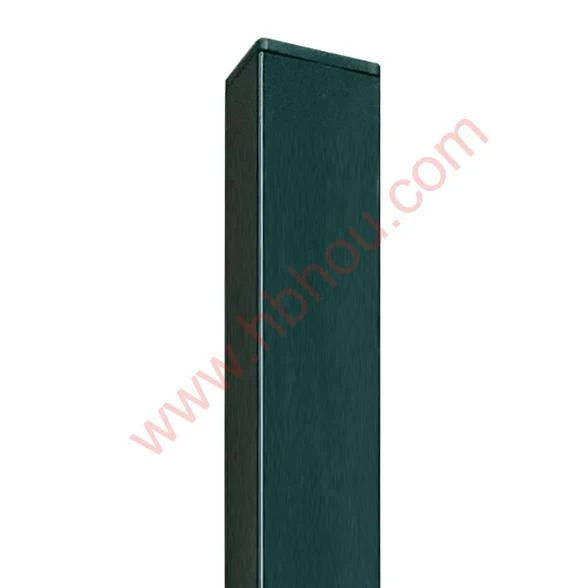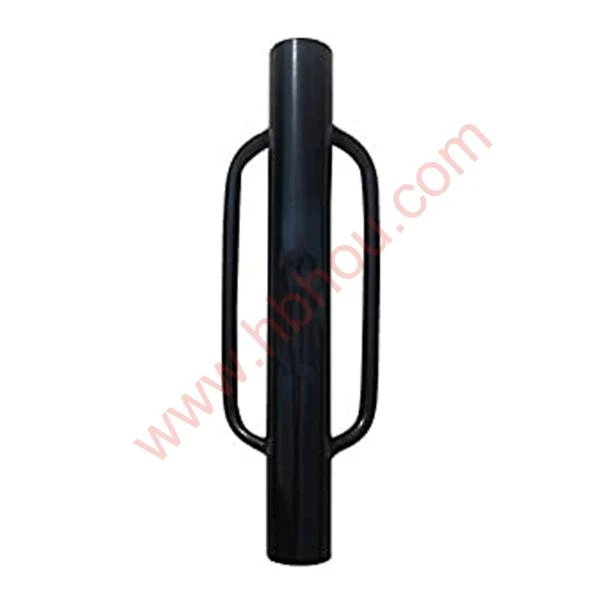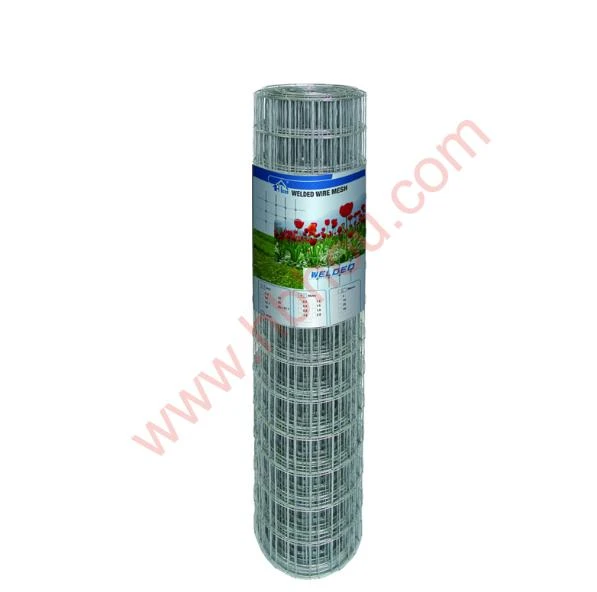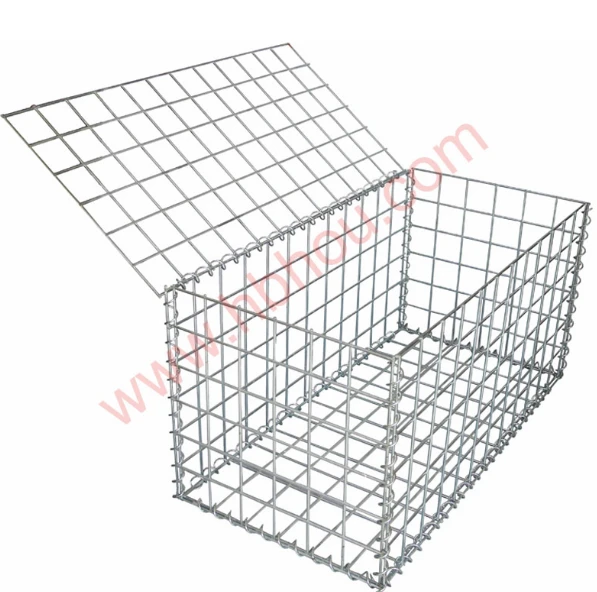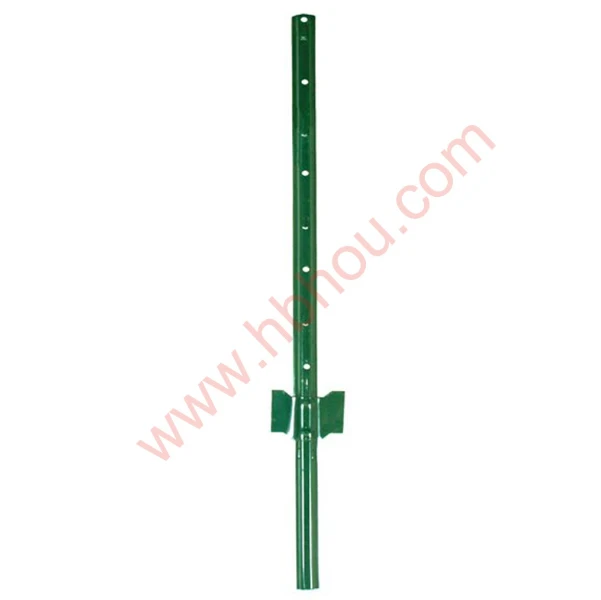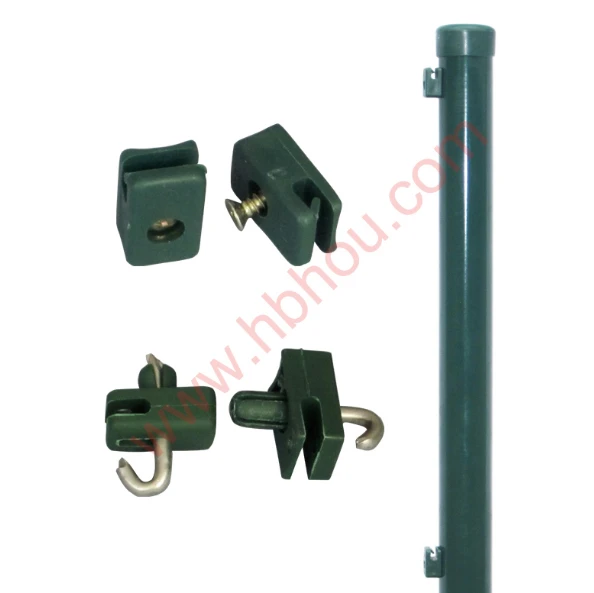The Rise of Gabion Steel Mesh A Versatile Solution for Erosion Control and Landscape Design
Gabion steel mesh has emerged as a popular solution for a variety of applications, particularly in the fields of civil engineering, landscaping, and environmental protection. A gabion, originating from the Italian word gabbione, meaning big cage, refers to a structure made of wire mesh that is filled with stones, soil, or other materials. When combined with steel mesh, gabions provide strength, durability, and functional versatility, making them an ideal choice for modern construction and environmental sustainability.
Understanding Gabion Structures
Gabions are typically constructed from hexagonal or square wire mesh with high tensile strength. The structure is then filled with locally-sourced materials, such as rocks or gravel, allowing for a natural appearance while effectively serving various purposes. The adaptability of gabion structures makes them suitable for numerous applications, including retaining walls, riverbank stabilization, and erosion control.
One of the key advantages of using gabion steel mesh is its permeability. Unlike conventional concrete barriers, gabions allow water to flow through, preventing the buildup of hydrostatic pressure behind walls and reducing erosion. This property is essential for areas prone to flooding, as it helps to manage stormwater effectively. The use of galvanization or PVC coating on the steel mesh increases its resistance to rust, enhancing the longevity and maintenance of the structures.
Applications in Erosion Control
Erosion control is one of the most critical environmental challenges faced by communities worldwide. Gabion steel mesh structures can be utilized to stabilize slopes, prevent soil erosion, and protect waterways. When placed along riverbanks, these structures dissipate water energy, which reduces the likelihood of streambank erosion. By forming a protective barrier, gabions can naturally blend into the landscape, promoting vegetation growth and fostering natural habitats.
For instance, in regions severely affected by soil erosion and landslides, gabion walls act as an effective solution that not only provides structural reinforcement but also promotes ecological health. As soil and vegetation can easily settle among the stones, these installations can lead to increased biodiversity, creating a more resilient environment.
gabion steel mesh
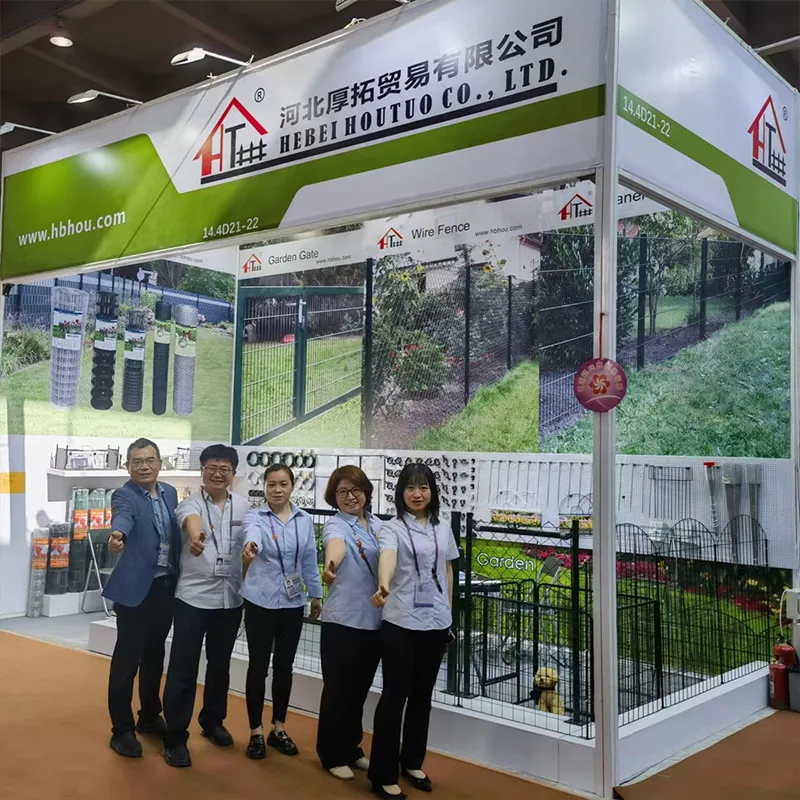
Gabion Mesh in Landscaping
In addition to their functional benefits, gabion steel mesh has found favor in landscaping and architectural design. Landscape architects are increasingly incorporating gabion structures into garden designs, modern fencing, and seating arrangements. The aesthetic appeal of gabions, due to their rugged, natural appearance, allows them to seamlessly integrate into both urban and rural settings.
More than just a functional element, gabions can play a role in creative design. They can be used as decorative features, creating stunning visual focal points in parks and residential gardens. By filling gabions with various materials—such as colored stones or recycled glass—designers are able to achieve unique looks that enhance the overall aesthetic of the space.
The Sustainability Factor
Another noteworthy aspect of gabion steel mesh structures is their commitment to sustainability. Using locally sourced materials reduces transportation costs and emissions associated with building materials. Additionally, gabions can be deconstructed and recycled easily at the end of their lifespan, minimizing their environmental footprint. Their natural look promotes biodiversity and can support local ecosystems, with the added benefit of enhancing water retention in nearby areas.
Conclusion
The versatility, durability, and aesthetic potential of gabion steel mesh structures make them a valuable resource in contemporary construction and landscape design. As the needs for effective erosion control and environmentally sustainable practices continue to rise, gabions represent a practical solution that can satisfy both functional and aesthetic demands. Their ability to integrate into various environments while providing stability and ecological benefits positions gabion steel mesh as a crucial innovation in modern architecture and engineering, paving the way for a greener and more resilient future.









